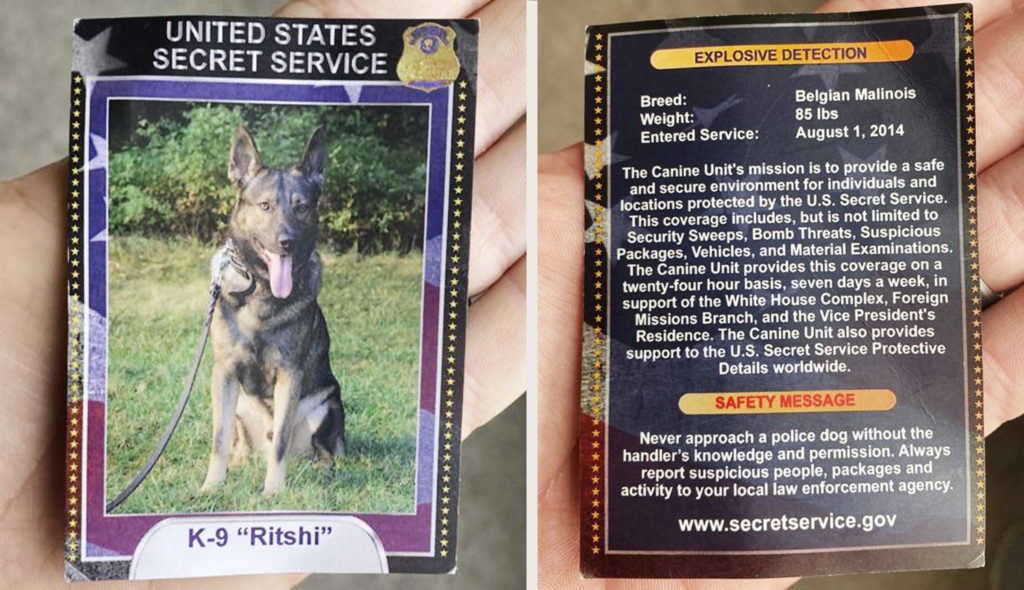
First, it’s important to note that when we set out looking for the most important survival skills, a ton of other outlets suggested these were skills “every man should know.” That’s some dangerous noise. Do we not want women or girls to survive, too? Women go hiking, jogging, or just traveling on their own all the time. During any of those outings, they could find themselves stranded and in need of survival skills. Point is, sex has nothing to do with knowing how to dress a wound, find clean water, or set a dislocated shoulder. A rudimentary knowledge of survival skills is important whether you live in the city or out in the country. And while there are tons of useful books full of even more information on how to survive on your own, we put together a list of the absolute most basic tips for survival to get you through emergencies, camping trips, or a zombie apocalypse.
Before your mind wanders to the plotline for 127 Hours, sawing off limbs did not make the list. Whatever your reasons for needing these tips, it’s always a good idea to practice them a few times before you have to put them to use.

Catching and Purifying Water
Water is fantastically important, especially in hotter climates. If you want to survive, you have to stay hydrated. First and foremost, if at all possible, look for moving water. Water that is sitting on the ground is more likely to contain contaminants and bacteria that will make you sick. Also, attempt to boil your water. If, for instance, you’re traveling with a pot, metal water bottle, or canteen, catch the water in your canteen or pot. Then heat it over a fire until it boils. This isn’t failproof but boiling your water before you drink it will help kill off a lot of bacteria that could be living in it, even if it’s from a moving source.
Dress a Wound
A lot of times you end up stranded because you’d fallen or hurt yourself with no good way to keep moving or turn around. Learning how to take care of a wound or injury will help keep you alive (and possibly make you mobile, again). With open wounds, there are two important steps to keep in mind:
1. Stop the bleeding
You can do this by applying pressure, keeping the wound elevated, or in the case of major bleeding, creating a tourniquet. (See video, below.)
2. Clean the wound
Obviously, if there is significant bleeding, cleaning your wound isn’t your priority. As weird as it sounds, gushing blood will do a good job of cleaning out your wound on its own. What you’ll want to make sure of, though, is that you don’t allow the wound to get dirty. In other words, if you tie off your wound with fabric, make sure you’re using the cleanest part of your shirt to place over the wound. For smaller wounds, it’s really best to rinse them off with clean water before bandaging.
Break Something?
Creating a splint is easier than you think. Check out this video.
Learn A Couple Knots
What? You’re not a Boy Scout? Knots are an essential skill to learn for not just survival but everyday life. Tying a good knot can make or break a tree swing. A secure knot can even save lives when you’re securing that giant lawn chair in the back of your open trunk. Knots also help with tourniquets, rock climbing, and tent building.
Starting A Fire
They always make this look so hard in the movies, but with the right tools, it’s not that bad. The easiest advice we can give is just to carry a waterproof match on your key chain or in your hiking kit. Barring that, this video walks you through starting a fire with no help.
Building Shelter
If you know you’re stuck in nature for the long haul, building shelter is essential. You’ll want to make sure you’re not too close to any moving water. You also want to look for signs of movement: The last thing you want is set up camp on a bear’s main throughway. Next, while it may not seem vital, don’t underestimate the importance of being off the ground. Building a floor for yourself will keep you away from the damp ground, which will keep you warm when temperatures drop. It’ll also keep you a little further away from small, ground-based critters. Finally, even the most primitively roofed shelter will help keep you from the elements. A midnight storm? Not nearly as stressful if you’ve got a nice thatched roof over your head.
Staying Warm Without a Sleeping Bag
No sleeping bag? No problem. (Okay. It’s a bit of a problem.) Take a cue from animals and nestle into nature. Keeping your shelter small and as wind-proof as possible is one way to keep warm overnight. Another option is to pack dry leaves around you. Literally use leaves everywhere. Under the floor of your shelter. On top of your shelter’s floor. Stuff leaves between your shirt and your jacket. You might even want to use leaves to cover yourself up once you’re in your shelter.
Navigating Unfamiliar Terrains
Let’s be real: A compass is really only as useful as its owner. And the concept of following the North Star? Only helpful if you know heading north isn’t going to just lead you further into the unknown. One of the best ways to figure out where you are and where you need to go is to get as high as possible. Drag yourself up that hill. Climb that tree. Get as high as you can and look for signs of life… even if it’s just a slightly brighter sky in the distance. Another option? Find water and walk along with it. As we previously mentioned: Water is essential to life. That means you’re almost guaranteed to find more humans if you just continue to follow the water. However, never camp on the water’s edges, as you could be swept away during a flash flood. When it’s time to set up camp, head inland by at least several yards. Higher ground is also preferred.
Finding Food
So, you forgot to pack your “edible plants and berries” book? Honestly, we’ve all seen Into The Wild and know that eating forest roughage isn’t always a safe bet. Even if you’ve been a strict vegan for decades, stick to the meat (just start small). Build a rudimentary slingshot, trap, or bow and arrow and try to nab some small critters. Or, if you have the patience and the water: Try to fish. Fish is high in protein and, let’s face it, requires the least amount of energy. That’s why old guys love fishing.
Cooking Food
That campfire you built? It’s for more than just keeping you warm and boiling water. You’re going to need to cook on it, too. If you didn’t come with a pan, this will most likely look like shaving down a branch, skewering your meat, and holding it over the fire. (If you soak the wood first, it’ll do better over the flames.) Or use a thin, flat rock like a skillet. A word of warning: No matter how much you love sushi, now isn’t the time to cut corners. Burn your meat.
Signal For Help
At night, a fire will help. During the day, work on creating a giant “X” in a clearing. Start with something as long and as wide as your body, so you have at least something to start with. As you wait, continue building onto your X to make it even bigger. Choose material that contrasts against the ground, so it really sticks out.
Survival Tips
When things get rough while roughing it, it’s important to have a few tips in your back pocket to survive the outdoors. These pointers below will keep you from making mistakes in the wilderness.
- Stick to hunting smaller animals. It takes a long time and a lot of energy to catch big game.
- When camping, always bring a roll of aluminum foil. You can make forks, bowls and even protect yourself from the heat with this simple household item.
- No matter what — BRING EXTRA SOCKS. Nights are chilly, and it helps to be prepared.
- If you ever encounter a wolf or coyote, do not play dead. Slowly get the heck out of there while maintaining eye contact with the predator.


















